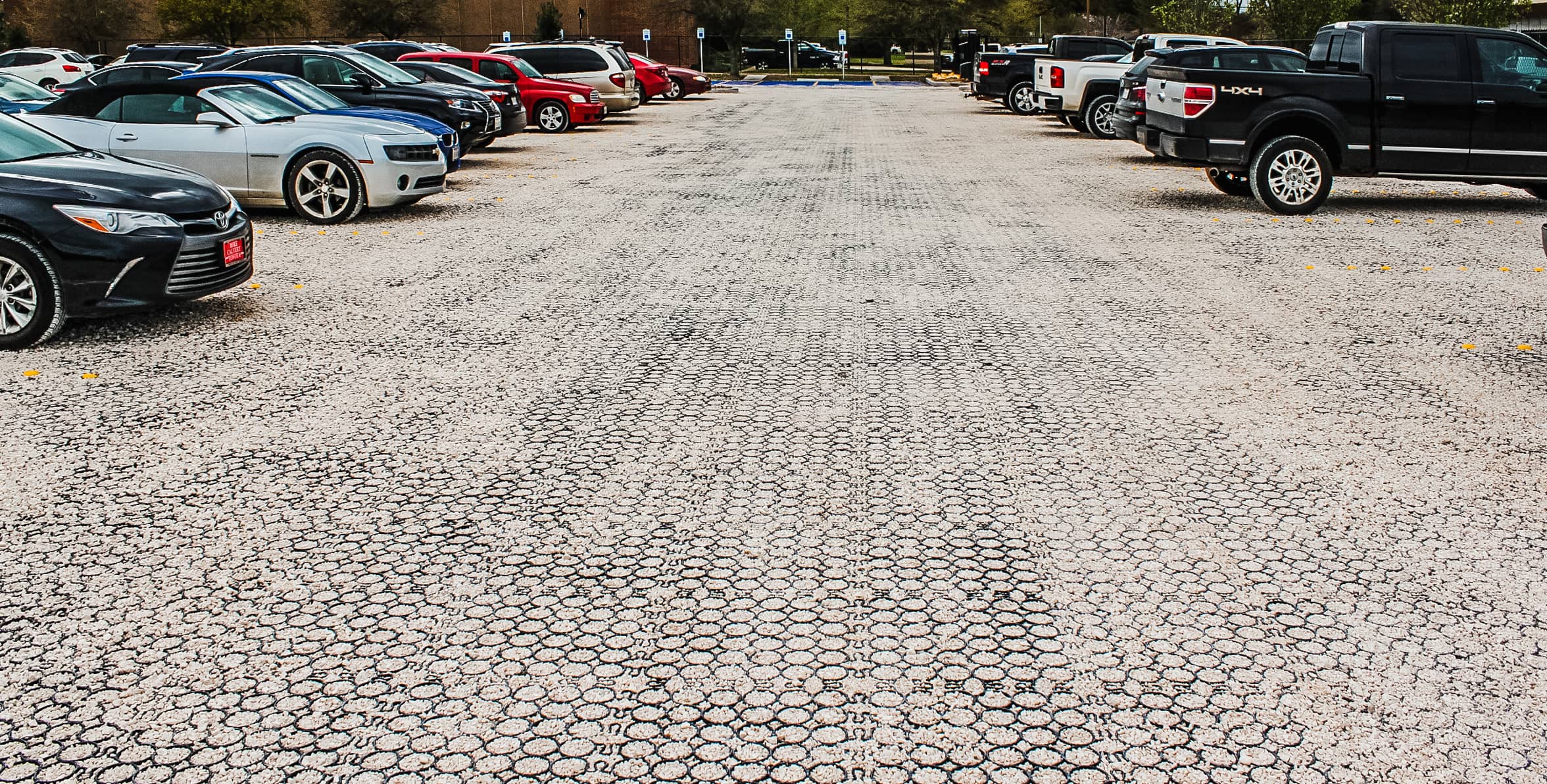
Ever wish you could skip shoveling the driveway and start your winter mornings with a clear path to your car? Well, with heated driveways, that’s totally possible! They are an innovative, modern solution to this very common problem, keeping driveways clear of snow and ice without the hassle of plowing, shoveling, or salting.
In recent years, more homeowners and commercial property owners have embraced this technology, and it’s easy to see why! In this article, we’ll explore everything you need to know about heated driveways, including what they are, how they work, and how they can completely reshape winter maintenance in urban spaces. Let’s get started!
What is a Heated Driveway?
A heated driveway is a surface with built-in heating systems designed to melt snow and ice. This technology uses either electric or hydronic systems to warm the driveway’s surface, providing a safe, ice-free environment even in the harshest winter conditions.
With heated driveway systems, the days of spreading salt or relying on plows are over. Instead, an electric or hydronic system provides consistent heat distribution, either automatically or manually controlled, preventing snow accumulation and reducing the risk of icy patches.
At TrueGrid, we offer a heated permeable driveway that combines permeable pavers with heating systems. That way, you get the best of both worlds. The heated components melt the snow and ice before it builds up, and the permeable pavers allow the water to pass through, so there’s no water pooling!
How Heated Driveways Work
Heated driveway systems come in two primary types, each with unique features and benefits:
- Electric Systems: Utilize heat mats or cables embedded just beneath the surface of the driveway. When activated, the electric elements warm the pavement and melt any accumulated snow or ice.
- Hydronic Systems: Use a network of tubing beneath the surface, circulating heated water or antifreeze through the tubes to warm the driveway.
Installation of these systems varies depending on residential and commercial needs. In residential areas, electric systems are often the best heated driveway systems for ease and quick activation. Commercial properties often prefer hydronic systems for their efficiency over larger areas. Fortunately, both options offer long-term energy savings and performance benefits.
The Benefits of a Heated Driveway in Winter
In winter, a heated driveway provides a wealth of advantages for homeowners and commercial spaces alike. Here are some of the top benefits:
- Enhanced Safety: A heated driveway reduces slip-and-fall risks by keeping surfaces clear of ice and snow, creating a safer environment for everyone.
- Reduced Need for Harsh Chemicals: Heated driveways reduce the reliance on chemical deicers, minimizing harmful salts and chemicals from seeping into the soil and water systems.
- Lower Energy Use: With a heated driveway system, there’s less demand for other snow removal equipment, which could reduce your overall energy consumption. Not to mention the benefits to your own personal energy since you won’t have to go out there and shovel the snow anymore!
- Increased Property Value: Heated driveways add value to homes and commercial properties by offering a modern, low-maintenance winter solution that appeals to both buyers and renters.
- Protection for Driveway Surfaces: Consistent heating prevents the freeze-thaw cycles that typically cause cracking and wear on driveway surfaces. This protection extends the lifespan of your driveway, saving you the cost and effort of frequent repairs.
- Convenience and Comfort: A heated driveway eliminates the need to shovel, making winter maintenance easier and more efficient for property owners.
How Heated Driveways Impact Urban Sustainability and the Climate

Heated driveways play a critical role in sustainable urban planning. By reducing the need for traditional snow removal methods, they cut down on carbon emissions in cities and towns.
Beyond that, heated driveways contribute to effective water management. Using a permeable heated driveway system allows water to pass through it, which reduces runoff. This mitigates flooding risks and helps to counteract the urban heat island effect, where cities retain more heat than surrounding rural areas due to non-permeable surfaces like concrete and asphalt.
How to Best Incorporate Heated Driveways in Urban Planning
Incorporating heated driveways into urban infrastructure projects opens new avenues for eco-friendly snow management. Residential and commercial zoning policies could incentivize the use of these systems, helping cities lower their overall winter maintenance energy consumption.
By integrating heated driveways into both new developments and retrofits, urban planners can enhance the appeal and sustainability of cities during winter. With future policies and incentives for adopting heated driveways, we could encourage more widespread adoption and greatly benefit urban population centers.
Invest in Your Driveway This Winter with TrueGrid
Ready to upgrade your driveway to a heated, sustainable solution? At TrueGrid, we offer a permeable heated driveway option that combines winter safety with eco-conscious water management.
Don’t let winter slow you down! Invest in a heated driveway and enjoy safer, hassle-free winters while contributing to a cleaner, greener environment. Contact us today to learn more!



